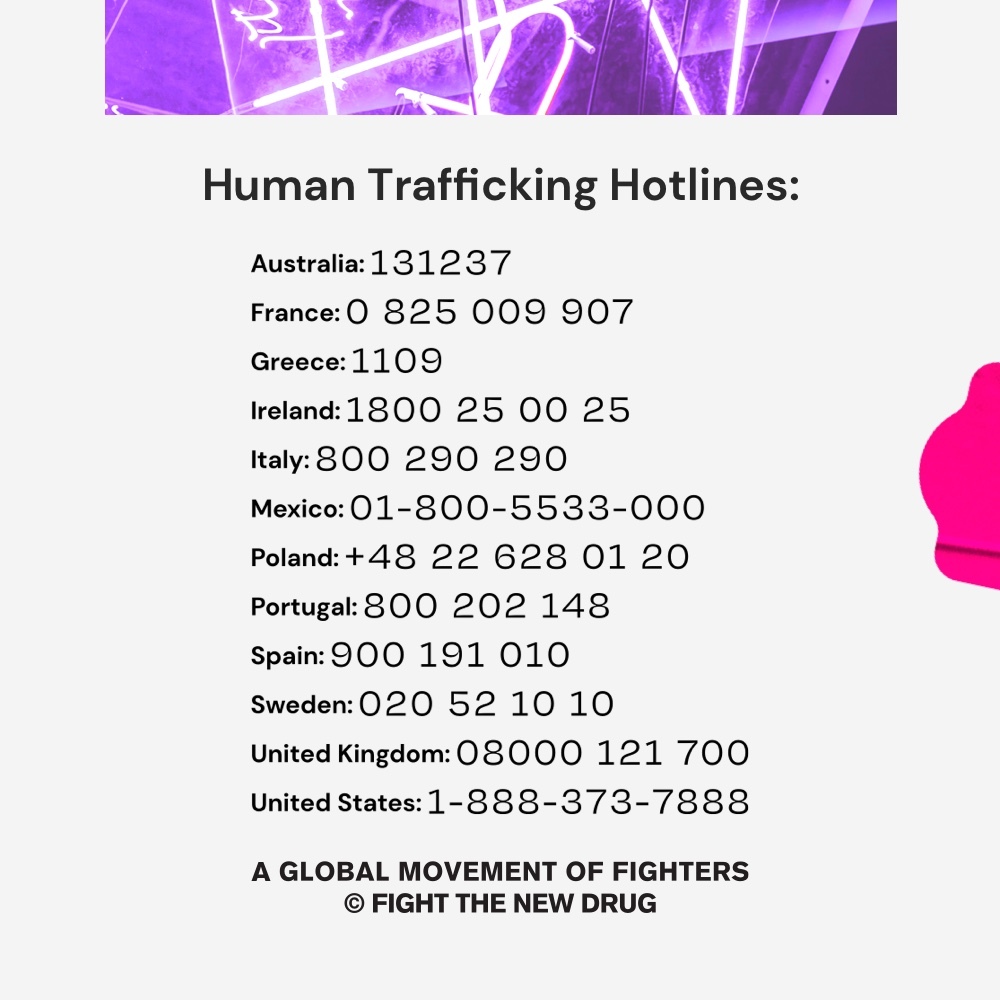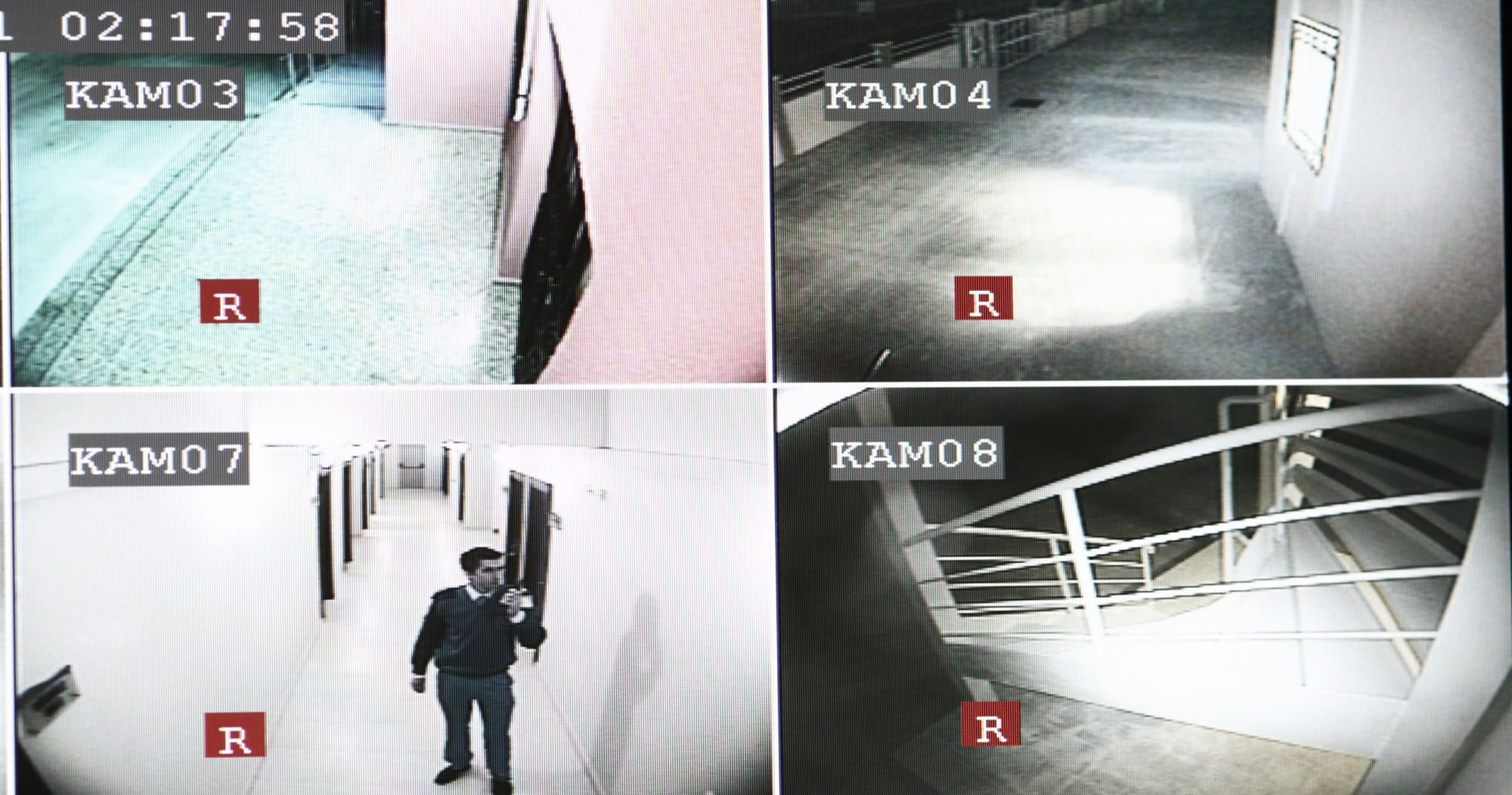Society generally agrees that slavery is inhumane and degrading, and most people are astonished that there have been times in history where slavery was accepted as normal and acceptable.
Somehow, still, many people are unintentionally or unconsciously accepting of a form of modern-day slavery: human sex trafficking. While people claim to be opposed to human sex trafficking, what many don’t know is that the demand for human sex trafficking is fueled by pornography and the porn industry.
But before we get to that more in-depth, let’s cover the basics. Who are traffickers, who are trafficking victims, and why does sex trafficking even happen in the first place?
The definition of sex trafficking
In the year 2000, in response to reports of international human trafficking, one of the broadest bipartisan coalitions in history came together to pass the Trafficking Victims Protection Act, or the TVPA. [1] The landmark legislation identified “severe forms” of human trafficking, imposed harsh criminal penalties for offenders, and provided support systems for the victims. [2]
The TVPA defines sex trafficking as a situation in which “a commercial sex act is induced by force, fraud, or coercion, or in which the person induced to perform such act has not attained 18 years of age.” [3]
Related: By The Numbers: How Porn And Sex Trafficking Are Closely Connected
By identifying the practices that constitute human trafficking, the TVPA brought attention to all instances of trafficking, regardless of where the victims were from or the context in which they were being exploited.
But there’s more. Look again at the TVPA’s definition of sex trafficking: “a commercial sex act induced by force, fraud, or coercion.”
That last word, coercion, is important. It means that a commercial sex act can be sex trafficking, even if no one was physically assaulted, even if no one was tricked or defrauded. Trafficking doesn’t have to look like the movie “Taken,” where the victim is kidnapped and transported, because all it takes is coercion. The moment a victim is coerced or intimidated into a commercial sex act against his or her will, sex trafficking has occurred, even if they walk away with a paycheck in their hands.
Who are traffickers?
According to anti-trafficking organization The Polaris Project, traffickers (both labor and sex trafficking) can be lone individuals or extensive criminal networks. Pimps, gangs, family members, labor brokers, employers of domestic servants, small business owners, and large factory owners have all been found guilty of human trafficking. Their common thread is a willingness to exploit other human beings for profit.
Sex traffickers use violence, threats, lies, debt bondage, and other forms of coercion to compel adults and children to engage in commercial sex acts against their will, according to the Polaris Project. Under U.S. federal law with the TVPA (stated above), any minor under the age of 18 years induced into commercial sex is a victim of sex trafficking—regardless of whether or not the trafficker used force, fraud, or coercion.
Related: This New App Helps You Stop Sex Trafficking While You Travel
And if you think men are the only ones who traffic and exploit vulnerable people, you might be surprised. Increasingly, women traffic other women, too.
According to Business Insider, it’s estimated that globally, some 62% of suspected traffickers are men, while 38% are women, according to a 2015 study from the United Nations Office on Drugs and Crime.
This is a pretty high number considering how, on average globally, the share of women suspected of any crime is 18%, the study said. But many of these female traffickers were formerly trafficked themselves.
Who are child sex traffickers, specifically?
According to the National Center for Missing and Exploited Children, traffickers can be anyone who profits from the selling of a child for sex to a buyer, including: family members, foster parents, friends, gangs, trusted adults, or “boyfriends.”
Much of the trafficking of children has moved from street corners and truck stops to the internet, where children are sold for sex. Online classified sites allow traffickers and buyers anonymity and accessibility when exploiting children. Trafficking also reportedly happens over social media platforms like Facebook, Twitter, and Instagram.
Further, societal glamorization of “pimp culture” may make a child less likely to recognize or be wary of manipulative behavior. In some cases, there is no identified trafficker, and it is the person buying sex from the child who is exploiting the child’s vulnerabilities. For instance, if a child runs away, a buyer may exploit the child’s need for food and shelter offering to provide that in exchange for sex. A child cannot consent to being bought and sold for sex, and anyone purchasing sex from a child is committing a serious crime.
Why do they traffic?
The short answer? Money.
Sex trafficking can be extremely lucrative, especially in areas where opportunities for education and legitimate employment may be limited. According to the United Nations Office on Drugs and Crime (UNODC), the greatest numbers of traffickers are from Asia, followed by Central and Southeastern Europe, and Western Europe. Crime groups involved in the sex trafficking of women and girls are also often involved in the transnational trafficking of drugs and firearms, and frequently use violence as a means of carrying out their activities.
Who can be a victim of trafficking?
Adult women make up the largest group of sex trafficking victims, followed by girls, although a small percentage of men and boys are trafficked into the sex industry as well. While it is indisputable that the vast majority of survivors of commercial sexual exploitation are female (likely around 98%, according to the International Labour Organization), the other 2% add up to about 400,000 men and boys as victims, too.
According to the female-empowerment organization Soroptimist, any of the poorest and most unstable countries have the highest incidences of human trafficking, and extreme poverty is a common bond among trafficking victims.
Where economic alternatives do not exist, women and girls are more vulnerable to being tricked and coerced into sexual servitude. Increased unemployment and the loss of job security have undermined women’s incomes and economic position. A stalled gender wage gap, as well as an increase in women’s part-time and informal sector work, push women into poorly-paid jobs and long-term and hidden unemployment, which leaves women vulnerable to sex traffickers.
Who purchases people who are trafficked?
Also according to Soroptimist, developing nations are the biggest fuelers of trafficking, contrary to what general society believes.
The vast majority of sex buyers are men (though the rates of women who buy sex have increased), and they come from all sectors of society. There is no one profile that encapsulates the “typical” client. The fact is, those who purchase trafficked women are both rich and poor, from all different cultures. Sadly, many are married men who have children, and in some cases, as was reported in one New York Times article, men have sex with trafficking victims in lieu of abusing their own children.
Related: 5 Ways You Can Help Fight Human Sex Trafficking In Your Daily Life
One reason for the proliferation of sex trafficking, reports Soroptimist, is because in many parts of the world there is little to no perceived stigma to purchasing sexual favors for money, and prostitution is viewed as a victimless crime. Because women are culturally and socially devalued in so many societies around the world, there is usually little conflict with the purchasing of women and girls for sexual services. And in developed countries in particular, there is a commonly held misconception that all women choose to enter the commercial sex trade willingly.
What does this have to do with porn?
Sometimes, pornographic images and videos are fringe “products” from victims being sold for sex. Sometimes, recruiters specifically use force, fraud, or coercion to ensnare vulnerable or unsuspecting people into performing sex acts on camera.
The bigger the porn industry gets, the more challenging it will be for performers to step out and speak out without backlash when they’ve been exploited and abused in the name of sexual entertainment. As of now, there is no easily-accessible system of support or reporting for those who have been forced, frauded, and coerced into shooting even one porn scene, and blacklisting outspoken performers is currently the informal industry standard.
We are not claiming that all porn is nonconsensual, but rather, raising awareness that there is often no way to tell if the porn a consumer views is completely consensual or produced with coercion.
Related: Can The Line Between Consent And Coercion Get Blurred During Porn Production?
And if you’re still not convinced content on mainstream sites isn’t all consensual, read this Jezebel.com story, this story on Daily Beast, this story on Complex.com, this Rolling Stone story, this Daily Beast story, this Bustle.com story, this story on CNN, this NY Post story, this Gizmodo.com story, this BBC report, this Florida Sun-Sentinel report, this Daily Wire story, this Buzzfeed News profile, and this UK Independent story for further proof that the mainstream porn industry features nonconsensual videos and videos of trafficked individuals. And yes, this includes videos on Pornhub and other mainstream porn sites.
Not clicking isn’t always easy, since porn is everywhere and so many people struggle, but it’s an action that we can all take, and it’s an action that matters.
How you can help
Stopping the demand starts with us shining a light on the realities of what’s happening around us.
Learn to recognize the signs of trafficking, and know what local law enforcement agency to call if you see something. Get involved with local anti-trafficking organizations by seeing which ones are in your specific area. Together, our voices make a difference, and together, we can end sexual exploitation and slavery.





